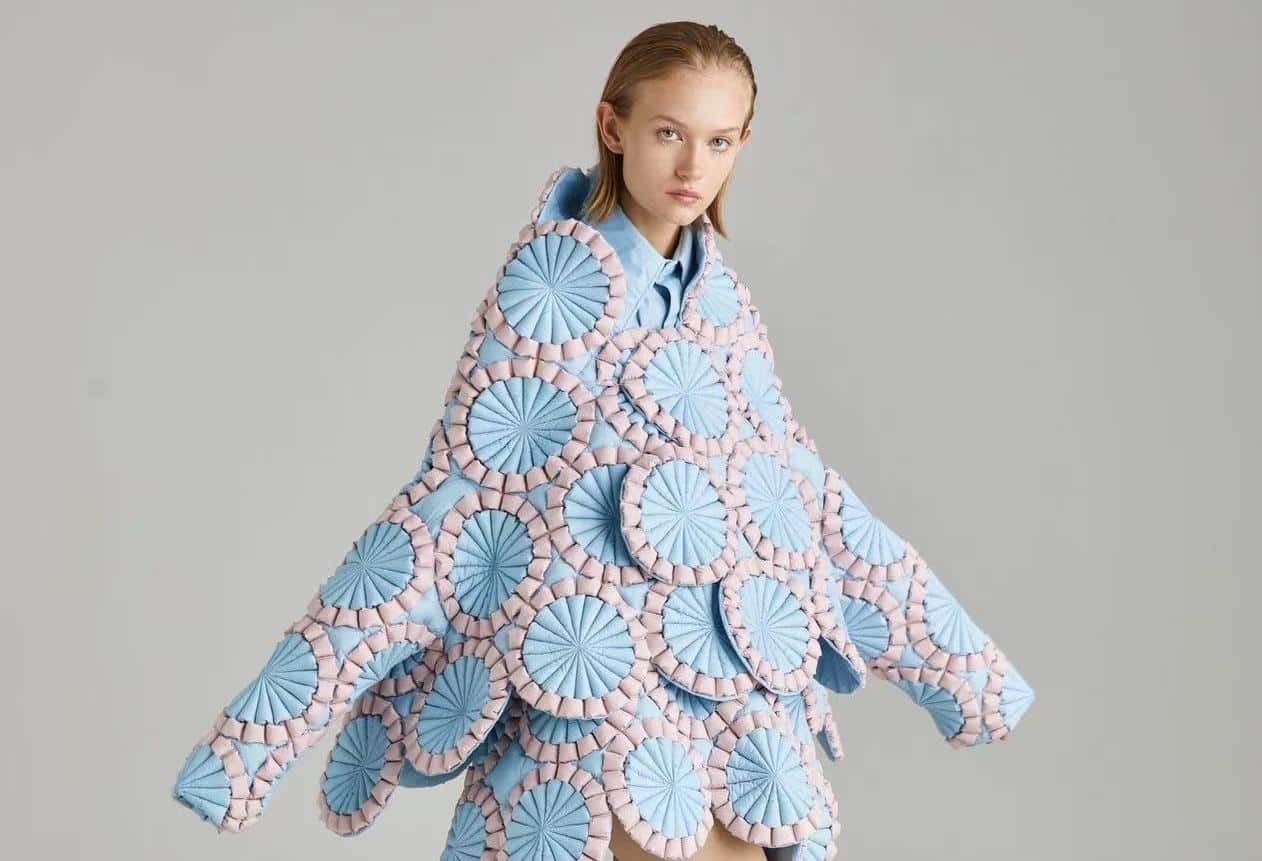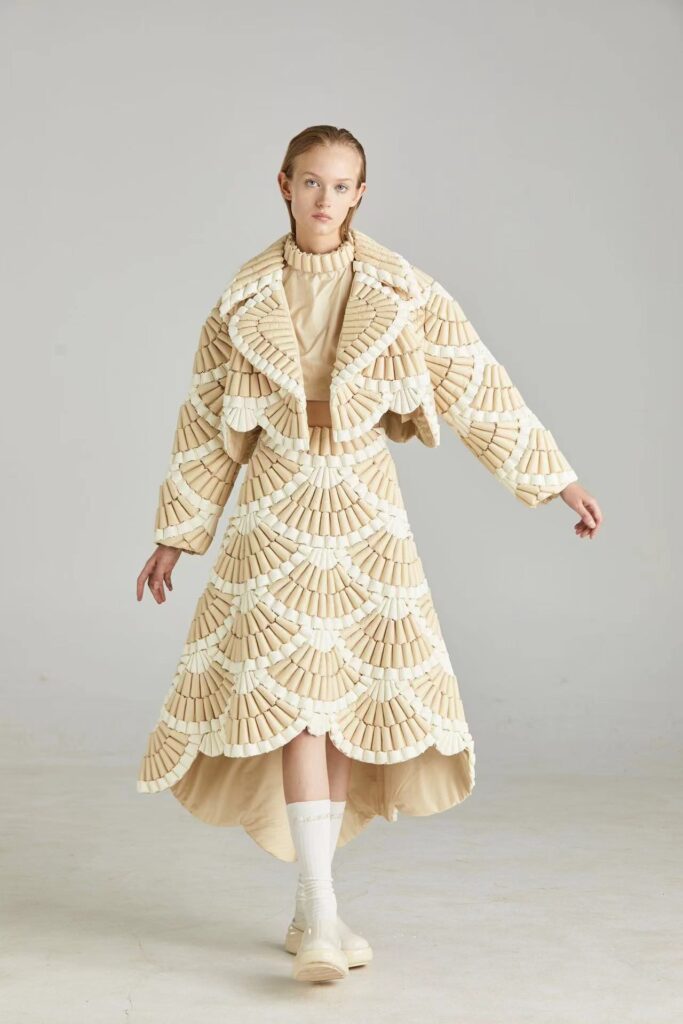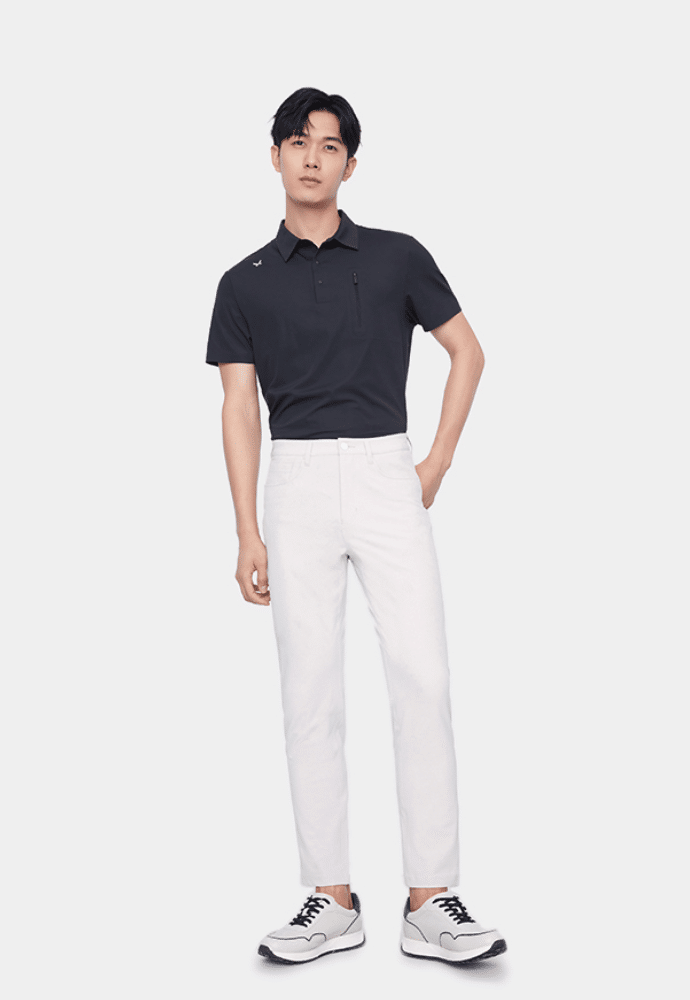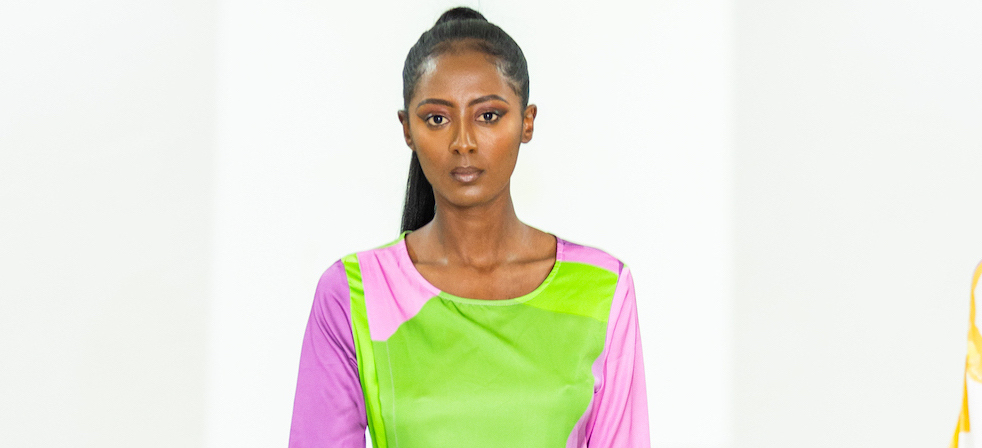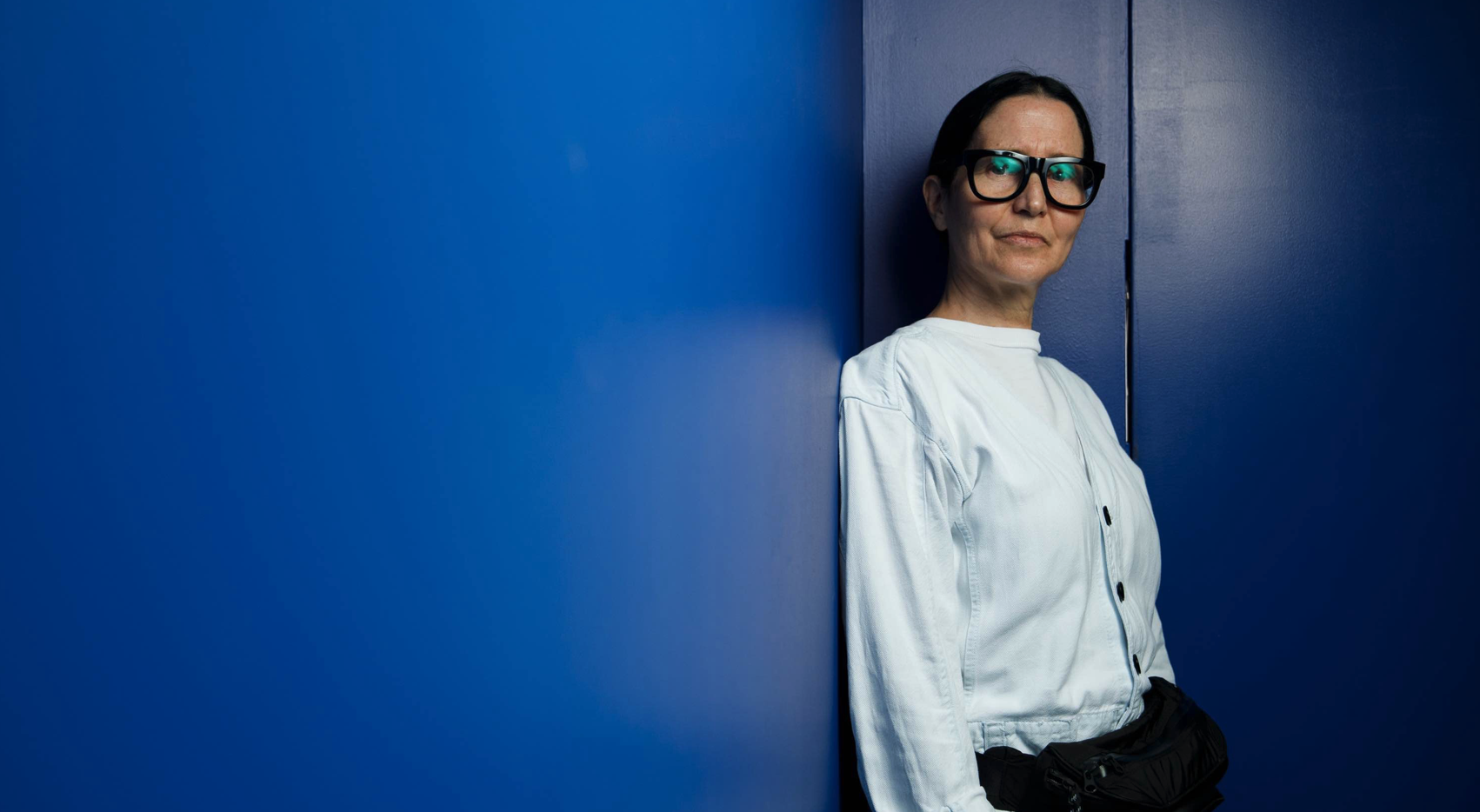Sustainable fashion in China is gaining ground as the country grapples with the environmental and social impacts of its (ultra) rapid industrialisation. And among the influential figures shaping, there is Zhou Yiqi, vice-president of the China National Garment Association. Zhou Yiqi plays a vital role in promoting Chinese fashion on the international stage, highlighting the values of sustainability and ethics. Last week, one of the most significant projects he was involved in was the collaboration between Who’s Next Paris and Chic Shanghaï. A big first for the Wholesale Temple to invite a Chinese delegation of responsible fashion brands to raise awareness in the sector of better, Chinese fashion.
“Who’s Next is the most influential fashion show in Europe, while Chic is a major event in Asia. The idea behind this new collaboration is to create opportunities for designers and brands from both continents to exchange ideas, bearing in mind that Who’s Next brings together more than 58 nations… Chic has invited Chinese designers to take part in Who’s Next, paving the way for a fruitful exchange between the two platforms.”, he says.
Zhou Yiqi points out that all the brands and designers involved in this collaboration are already well-known players in China. “These companies are looking to expand their presence beyond our country and export to Europe through Who’s Next.”
But what about sustainability and ethics in Chinese fashion? Pour Zhou Yiqi, la mode durable est devenue une responsabilité sociale et environnementale. “China has taken steps to promote this environmental awareness, with a growing number of companies participating in Chic producing responsibly. Some of them favour natural materials such as silk and cashmere, while others use recycled materials.”
Will China, an industrial giant whose image has been tarnished by fast fashion and its harmful consequences for the planet and its people, be able to bounce back and promote its sustainable fashion credentials? “Chinais implementing government strategies to reduce CO2 emissions and encourage greener practices in the fashion industry. This transition is taking place gradually, but it has been underway for more than three years, with twelve criteria imposed by the government to select ethical brands, including traceability, the type of materials used and the manufacturing processes,” explains Zhou Yiqi. “Several Chinese companies are already able to test and track their CO2 emissions transparently.”
To go even further in promoting sustainable fashion outside China, Zhou Yiqi and his team are planning to create a forum dedicated to ethical fashion in Paris, “like Impact or Neonyt”, he says, early next year on Who’s Next.
China strengthens the circular economy concept
China, the world’s largest textile producer and one of the most polluting countries, is aiming for carbon neutrality by 2060, and is reinforcing a number of circular economy concepts for businesses and consumers alike.
For example, by reusing and reducing waste, extending the life of garments through repair and resale programmes, garment hire, investing in innovation and technology including eco-friendly fabrics, 3D printing and recycling technologies, and creating partnerships with sustainable fashion organisations and international NGOs to improve their practices and raise awareness of sustainability. All means are good to change the situation, in the image of Western countries.
Discover 5 brands from the “Fashion China – Chic in Who’s Next” collective:
KB Hong : the new responsible luxury
Here’s a menswear brand that combines Italian design with sophisticated, modern motifs. Owned by the K-Boxing group, KB Hong, headed by designer Boming Hong, uses 80 per cent Italian fabrics and works with luxury brands such as cashmere, wool and silk specialist Loro Piana.
The brand showed at Milan Fashion Week in 2020 and has its sights set on Paris next year, in honour of the 60th anniversary of the first diplomatic relations between France and China. A symbolic decision that would serve as a reminder of the strong bond between these two nations since 1964.
For Boming Hong, luxury has evolved: ” In the past, it was measured mainly by the extravagance and price of clothes. Today, luxury is defined more by lifestyle and the materials used. The logo itself is no longer enough. Consciousness, responsible production and sustainability are now the key elements of this new luxury.”
RAXXY: sculpture in colour
In China, Raxxy founder and designer William Shen is seen as a fashion genius, thanks to his deep understanding of mathematics. From an early age, his passion for maths was obvious. Equally passionate about fashion, from the very beginning he wove clothes from plant lianas, then introduced 3D printing, which has remained an integral part of his designs ever since, with logical thinking the watchword in his collections.
A lover of traditional Chinese culture and the art of bamboo weaving, William Shen invented the 5D down jacket technique, made from recycled materials. This innovative approach reinvents down jackets as a completely new construction, incorporating weaving elements while focusing primarily on a 3D transformation concept.
LUOZHENG : zen romanticism
Chinese designer Luo Zheng and her eponymous brand made their Paris debut in 2003, at a forum entitled “Fashion China“, held at the Louvre. She shew in New York five years later, becoming the first Chinese designer to do so. Twenty years later, Luo Zheng is back in Paris. At Who’s Next a few days ago, she presented her work entitled “Grass Wood 苼”, which combines design and artistic ingenuity. She draws her inspiration from plants, trees, tea, bamboo and incense, and uses the finest silks from China.
« »
“My aim is to innovate and interpret the romantic aesthetic of New Eastern clothing.”
Luo Zheng
JOEONE : masculine inspirations
Founded in 1989, Joeone specialises in making men’s suit trousers with a timeless style. It has diversified over time, and now offers casual trousers and denim that have quickly become bestsellers.
Her favourite materials are wool, cotton, silk and (on the downside) polyester. It has also introduced hemp yarn in a capsule collection to further reduce its ecological footprint.
SELAH : the multiversion woman
Founded in 2019, Selah focuses on interpreting the opposites inherent in femininity. The brand made a name for itself in Europe right from its first appearance at Milan Fashion Week. Its creations, with their soft colours and bold shapes, made from natural or recycled materialsShe advocates independence, transformation and reinvention, and each facet of the woman she interprets is different: the clothes emphasise self-confidence, since “Elle” is the centre of gravity of the design.
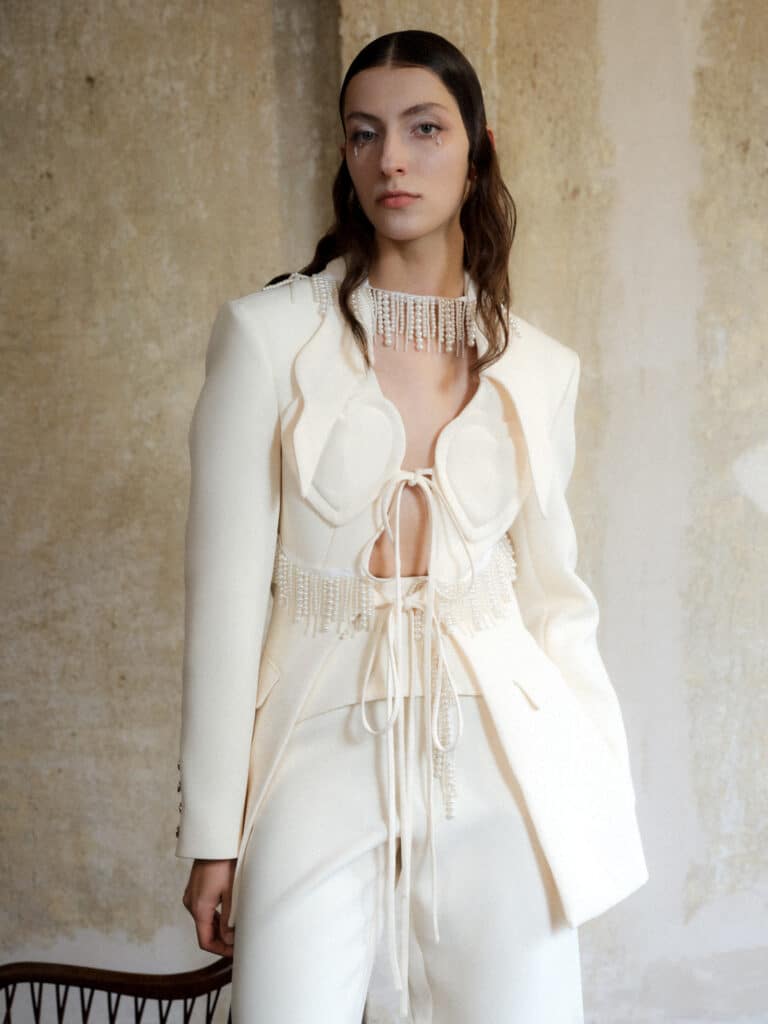
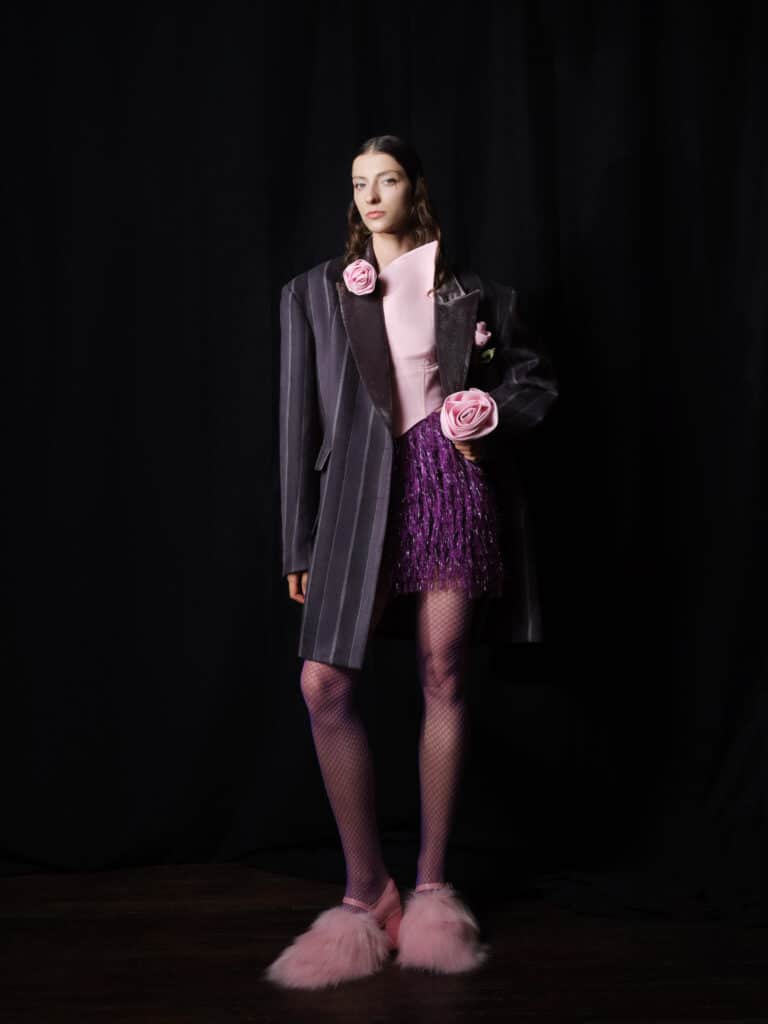
Photo Une : Raxxy.

